Rules of Composition
Single Point
I often argue that this is likely the most abused rule of them all, because people don’t really seem to understand that it exists. The general rule is as follows: When you place a single point in the center of the frame, such as a person’s face, it needs no justification for being there, but it’s by no means interesting. Conversely, when you place a single point way off into the corner, then it will portray a very different feeling. Have a look at the photo below. I wanted to display a feeling of loneliness and a great expanse by placing the boat in the corner. This would not have been achieved if the boat was in the center of the frame. Always consider what you’re trying to portray with your photos, as this will dictate your placement.
Rule of Thirds
This is likely the first rule that you ever learned, as it’s probably the most popular rule. The trouble is, some people treat it as gospel, when in reality, it’s just a good guide. The rule is as follows: While it’s a very good rule, and it will help to make your photo more interesting, and add depth, it’s not a rule which should be followed blindly. Just because the rule says so, doesn’t mean that you should. The truth of the matter is that it all comes down to placement, like it does with a single point. Too close to the center and it’s boring, too close to the edge and it’s too drastic. The rule of thirds is there to guide you to a safe area of the frame, where you’re not stepping on any toes, or making dramatic moves with your composition. While it’s a great rule, and one that you should all know about, you need to consider what you’re trying to convey with your photo. It can start to look very structured if you follow the rule blindly, and that appears to be quite obvious.
Horizon Placement
All too often people think it’s a good idea to place their horizon in the middle of the frame, when in reality, this is just diving the photo in half, and making it look dull. Here’s the general rule: It’s a great rule, and one you should absolutely follow, although most people don’t. Think about it. How interesting is a plain blue sky in your photo, compared to what’s happening on the ground? Not very.
Triangles
Triangle have a strong hold on your photos, although it seems that most people don’t quite understand exactly what they do. It all comes down to the apex (Latin for summit, peak, tip, top, extreme end) of the triangle, and where that’s positioned. The general rule is as follows: Because a triangle has so much control over the stability, you need to be more careful about using the incorrectly, than not using them at all. For a photo of a building, you would likely have a flat ground at the bottom, with an apex at the top, which appears to be very stable, but if you rotate the angle of your camera, this will start to appear less and less stable. If you want to make your photo appear unstable, then this is a really powerful rule to be able to control.
Balance
There is some form of balance in every photo we look at, and it’s up to us to determine whether we want a balanced, or unbalanced, photo. Here is the general rule: I won’t go into too much detail about balance, because you can read all about it here, but the general gist is that we look at a photo like a weighing scale. If there’s too much going on, on the left, then the photo is unbalanced to the left. Whether we want the photo be balanced or not us up to us, but it pays to know why you may or may not want it to be. A balanced photo is pleasing and harmonious, and unbalanced photo is uncomfortable and unresolved. Which do you want your photo to be, and more importantly, why? The more aware you are of the effects of balance on your photos, the better your photography will be, so it pays to think about how you want to portray your image before you pick up your camera. Degrees of balance is at the heart of every photo and can’t be ignored so use it wisely, and remember, that any technique, if used to excess, is going to lose its worth.

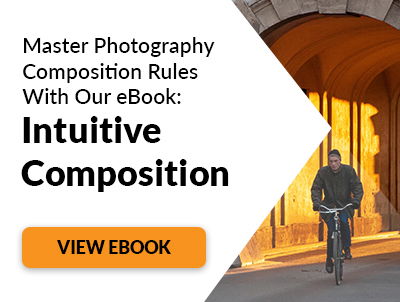

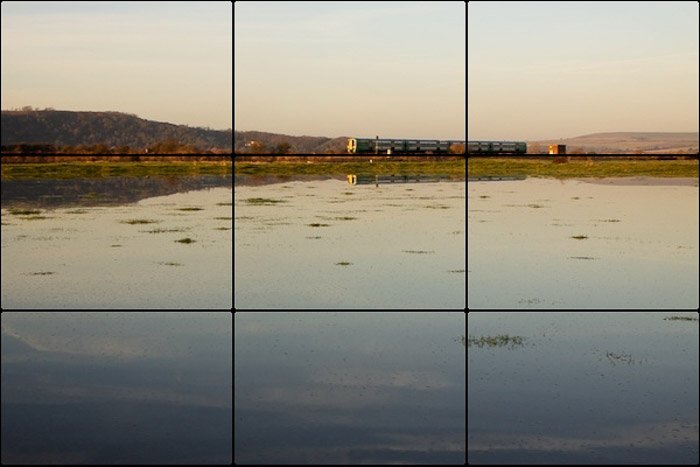
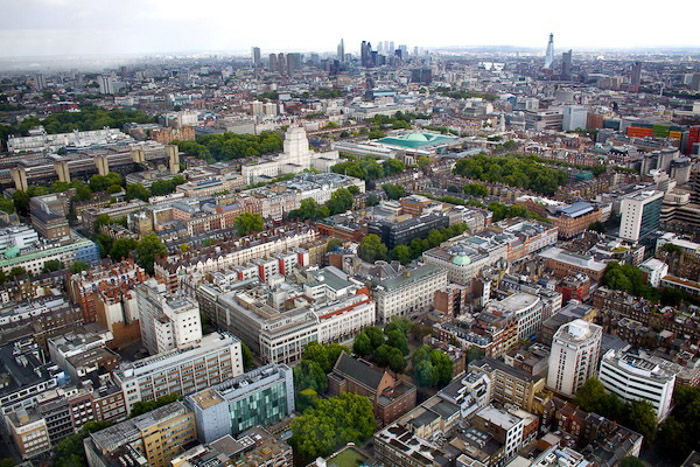
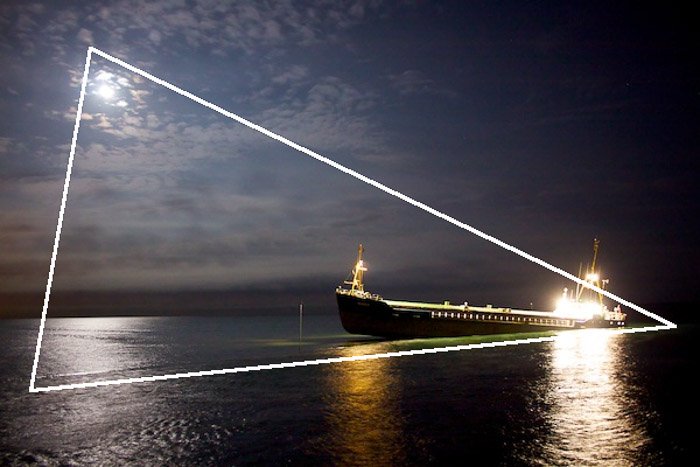
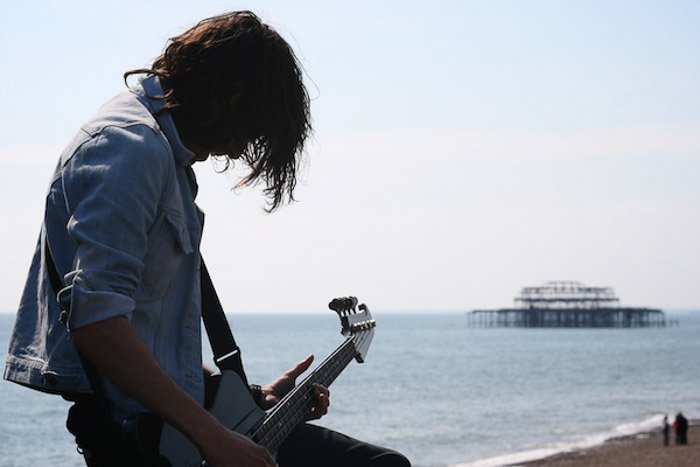
title: “The 5 Most Abused Rules Of Composition Use These Instead " ShowToc: true date: “2023-01-20” author: “Marissa Porter”
Rules of Composition
Single Point
I often argue that this is likely the most abused rule of them all, because people don’t really seem to understand that it exists. The general rule is as follows: When you place a single point in the center of the frame, such as a person’s face, it needs no justification for being there, but it’s by no means interesting. Conversely, when you place a single point way off into the corner, then it will portray a very different feeling. Have a look at the photo below. I wanted to display a feeling of loneliness and a great expanse by placing the boat in the corner. This would not have been achieved if the boat was in the center of the frame. Always consider what you’re trying to portray with your photos, as this will dictate your placement.
Rule of Thirds
This is likely the first rule that you ever learned, as it’s probably the most popular rule. The trouble is, some people treat it as gospel, when in reality, it’s just a good guide. The rule is as follows: While it’s a very good rule, and it will help to make your photo more interesting, and add depth, it’s not a rule which should be followed blindly. Just because the rule says so, doesn’t mean that you should. The truth of the matter is that it all comes down to placement, like it does with a single point. Too close to the center and it’s boring, too close to the edge and it’s too drastic. The rule of thirds is there to guide you to a safe area of the frame, where you’re not stepping on any toes, or making dramatic moves with your composition. While it’s a great rule, and one that you should all know about, you need to consider what you’re trying to convey with your photo. It can start to look very structured if you follow the rule blindly, and that appears to be quite obvious.
Horizon Placement
All too often people think it’s a good idea to place their horizon in the middle of the frame, when in reality, this is just diving the photo in half, and making it look dull. Here’s the general rule: It’s a great rule, and one you should absolutely follow, although most people don’t. Think about it. How interesting is a plain blue sky in your photo, compared to what’s happening on the ground? Not very.
Triangles
Triangle have a strong hold on your photos, although it seems that most people don’t quite understand exactly what they do. It all comes down to the apex (Latin for summit, peak, tip, top, extreme end) of the triangle, and where that’s positioned. The general rule is as follows: Because a triangle has so much control over the stability, you need to be more careful about using the incorrectly, than not using them at all. For a photo of a building, you would likely have a flat ground at the bottom, with an apex at the top, which appears to be very stable, but if you rotate the angle of your camera, this will start to appear less and less stable. If you want to make your photo appear unstable, then this is a really powerful rule to be able to control.
Balance
There is some form of balance in every photo we look at, and it’s up to us to determine whether we want a balanced, or unbalanced, photo. Here is the general rule: I won’t go into too much detail about balance, because you can read all about it here, but the general gist is that we look at a photo like a weighing scale. If there’s too much going on, on the left, then the photo is unbalanced to the left. Whether we want the photo be balanced or not us up to us, but it pays to know why you may or may not want it to be. A balanced photo is pleasing and harmonious, and unbalanced photo is uncomfortable and unresolved. Which do you want your photo to be, and more importantly, why? The more aware you are of the effects of balance on your photos, the better your photography will be, so it pays to think about how you want to portray your image before you pick up your camera. Degrees of balance is at the heart of every photo and can’t be ignored so use it wisely, and remember, that any technique, if used to excess, is going to lose its worth.






